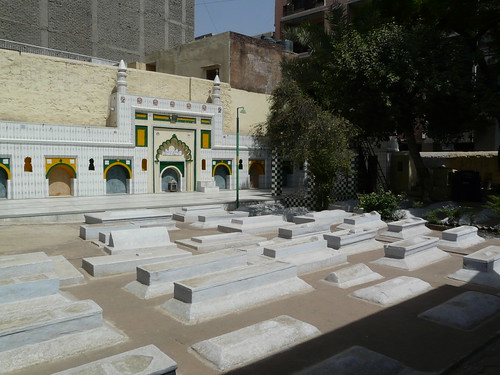American singer and actress Jessica Simpson has arrived in India for shooting on location for “The Price of Beauty” that will air on VH1. Reportedly she has won millions of new fans in India while filming her reality show in the country.
The Dukes of Hazzard star Jessica Simpson was in Mumbai wearing a traditional Indian bindi on her forehead and intricate henna tattoo (Mehendi) on her left hand. Simpson’s The Price of Beauty will also feature Bollywood actress Neha Dhupia, with whom she was spotted partying at a Bollywood bash in Mumbai's exclusive Vie Lounge over the weekend. Dhupia will be the Indian beauty ambassador on Simpson's show and accompanying Simpson during her stay in Mumbai.
The show takes Simpson all over the world ‘to meet women, study local fashions, dietary fads and beauty regimes’ and she would be exploring what all women do to look beautiful.
“I have always believed that beauty comes from within and confidence will always make a woman beautiful, but I know how much pressure some women put on themselves to look perfect," Simpson said in a recent press release for the show. "I am really looking forward to discovering how beauty is perceived in different cultures and participating in some of the crazy things people do to feel beautiful. I know we will all learn a lot on this journey and I am so excited that VH1 is coming along on what I’m sure will be a wild ride,” she added.
Bollywood inspired themes seem to sell well in the West, especially The United States, if the number of Hollywood celebrities heading for Bollywood is any indication. The list includes Sylvester Stallone (in a cameo playing himself in Kambakkht Ishq), Steven Spielberg (who recently announced joint venture worth US$ 825 million with Anil Ambani), Julia Roberts who is currently filming Eat, Pray, Love in different parts of the country and Kylie Minogue who recently made her Bollywood debut in the movie Blue (in the song Chiggy Wiggy).
While in India Simpson is expected to indulge in therapies that help her regain peace of mind and meet Bollywood musicians.
FILE PHOTOS:
As MTV 2004 Video Music Awards performer Simpson poses for a picture at ISC Miami (USCG photo by PA2 Anastasia Burns, taken on August 29, 2004) and picture of Jessica Simpson taken during a USO/DoD Celebrity Tour at Eagle Base 14 November 2001.








